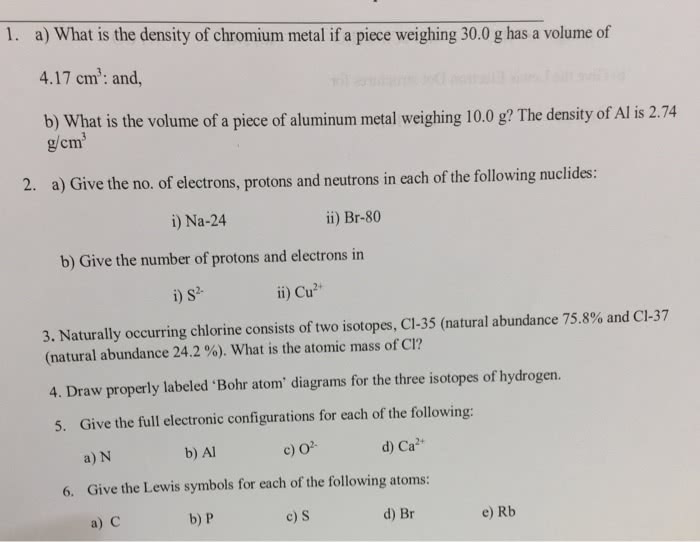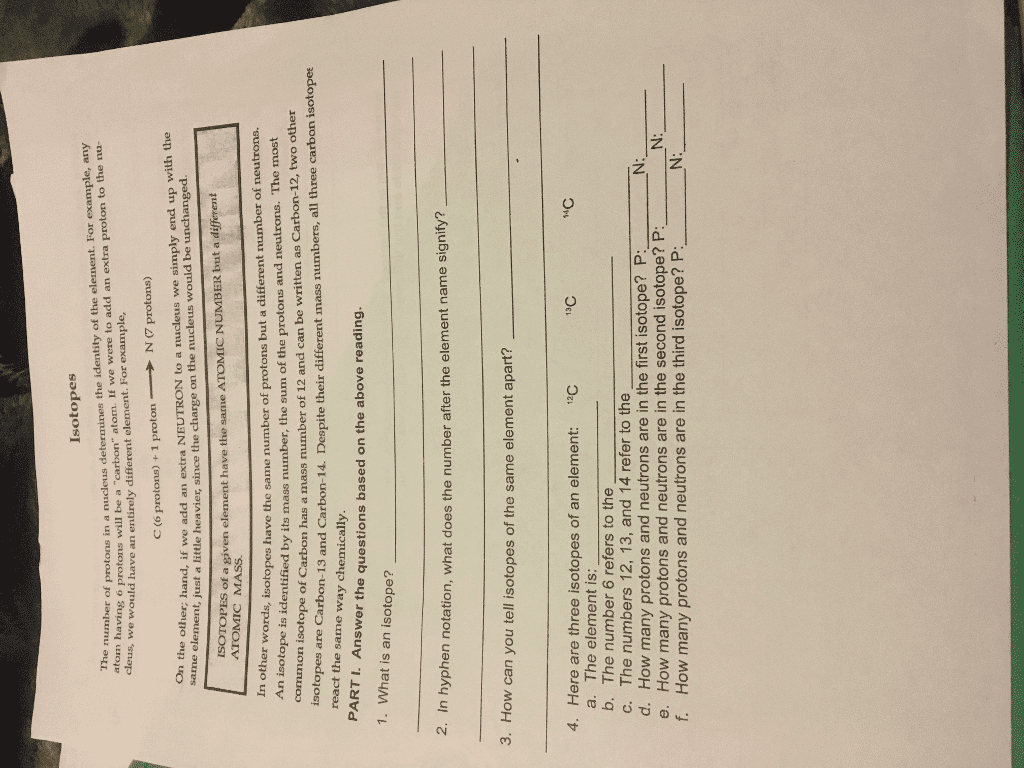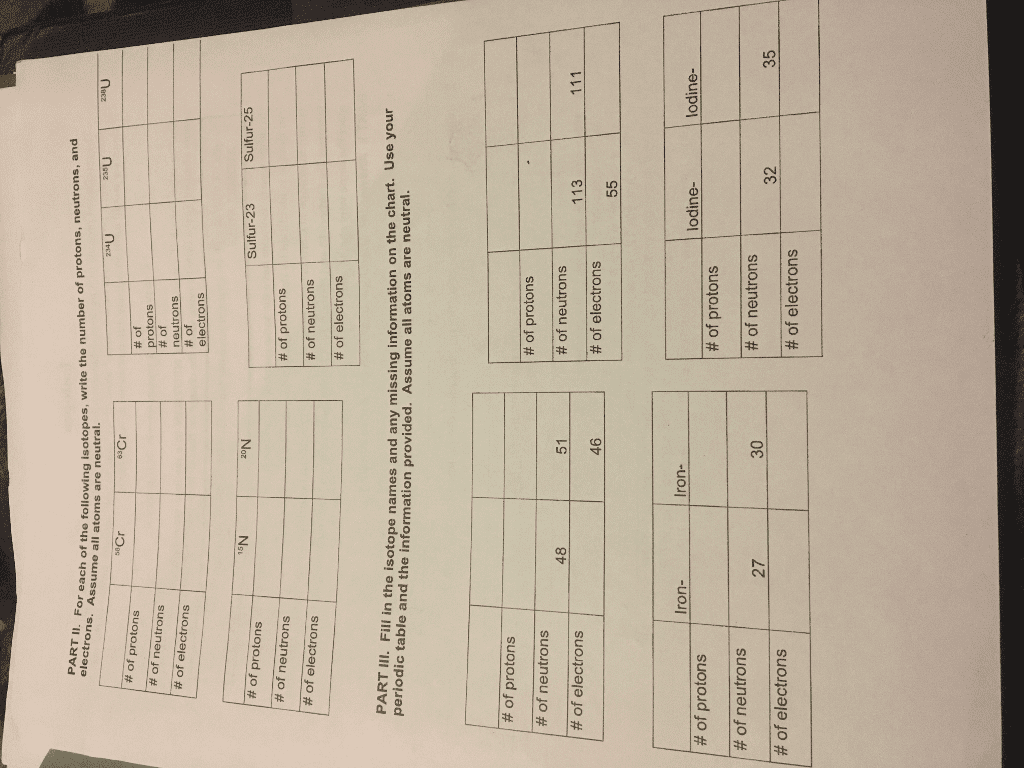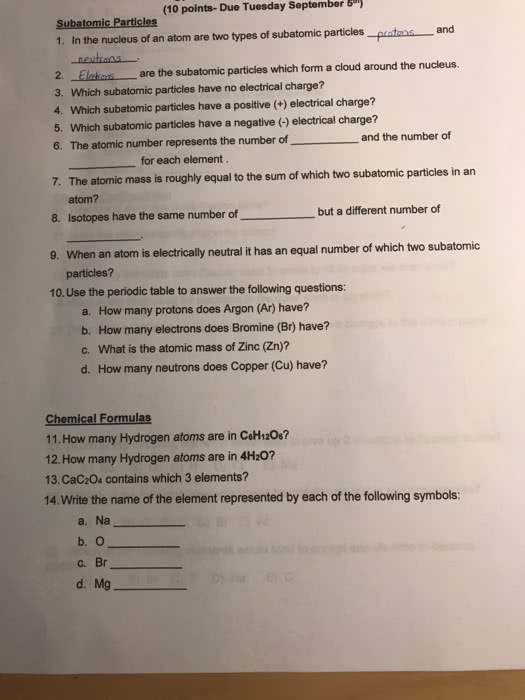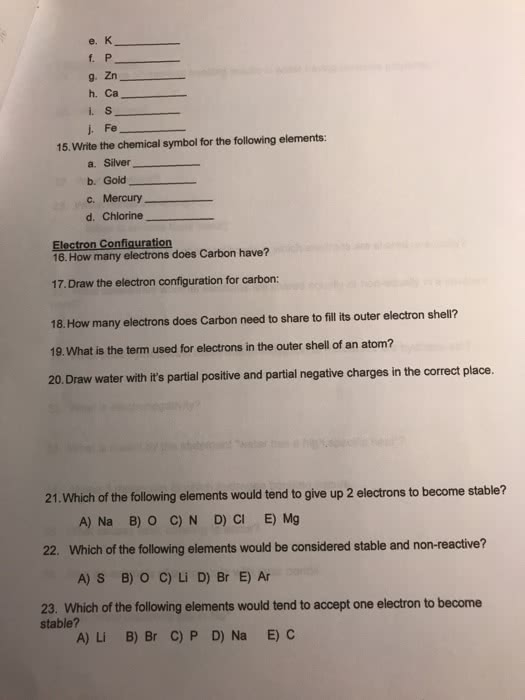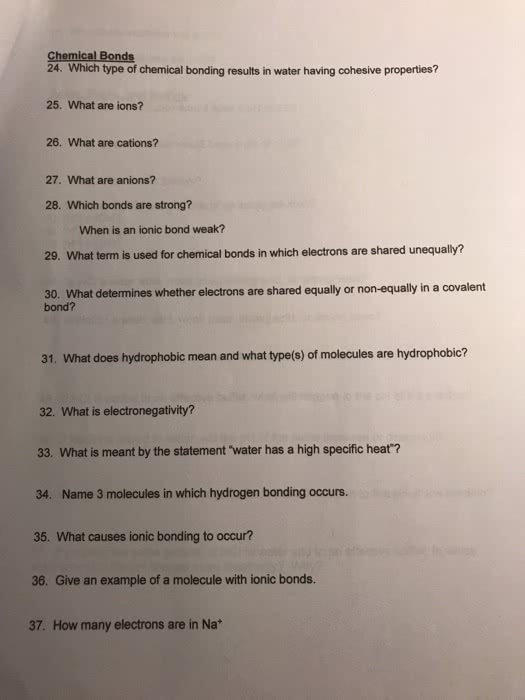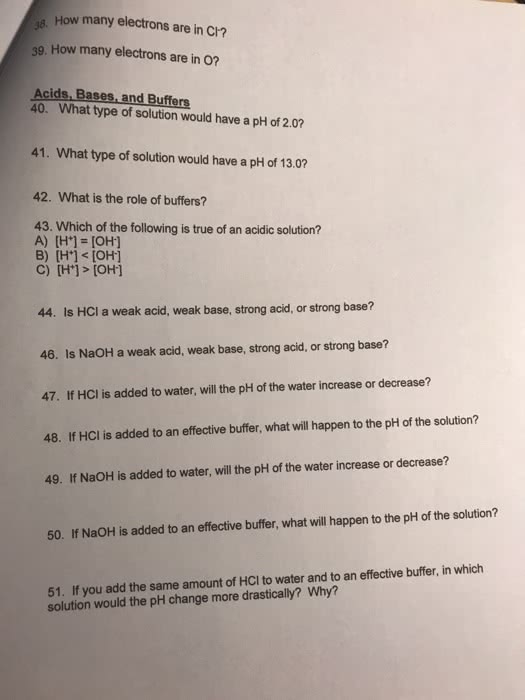CHEM 121 Lecture Notes - Lecture 3: Unified Atomic Mass Unit, Alkaline Earth Metal, Atomic Number
Document Summary
Atomic number: number of protons (and electrons) of elements. Mass number: number of protons + neutrons in nucleus (counted) A is mass number (whole number), z is atomic number. Isotopes: atoms of the same element but with different numbers of neutrons. Element: pure substance with only one type of atom. Some occur as molecule (i2, br2, cl2, o2, n2, h2, f2, p4, s8) Different structural forms of elements are called allotropes. Compound: pure substances with atoms (or ions) of 2 or more different elements. Ionic: tend to form between one metallic, one nonmetallic element (opposite charges) Covalent: tend to form between nonmetallic elements (share electrons) Atoms in molecules held by covalent bonds (simplest particle/unit that. Ions: form when a neutral species gains or loses electrons represents a pure substance) Complex ions usually have a metallic ion bonded to a polyatomic ion. Ionic bonds result from electrostatic attraction between oppositely charges ions. Ionic compounds also formed by 2 polyatomic ions.



